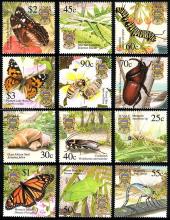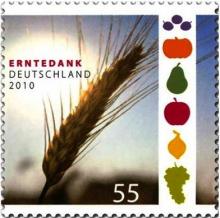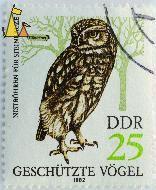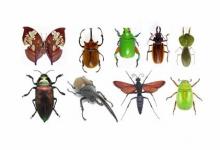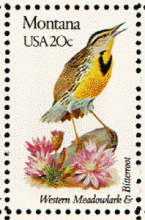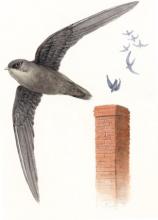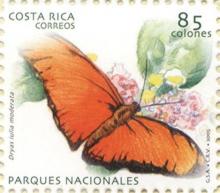Henk Tennekes' Presentation to Dutch Pesticide Board Committee on the Risk Profile of Neonicotinoids for Arthropods
The Dutch toxicologist Henk Tennekes was invited to give a presentation on the risk profile of neonicotinoid insecticides for arthropods to committee members of the Dutch Board for the Authorisation of Plant Protection Products and Biocides (Ctgb). An English version of the presentation, which took place on 25 May 2011 at the Bee House in Wageningen, The Netherlands, is attached. Attached also is an article on the influence of Bayer Cropscience on Dutch policy makers (which appeared in the magazine "Vrij Nederland" on April 4, 2012).

